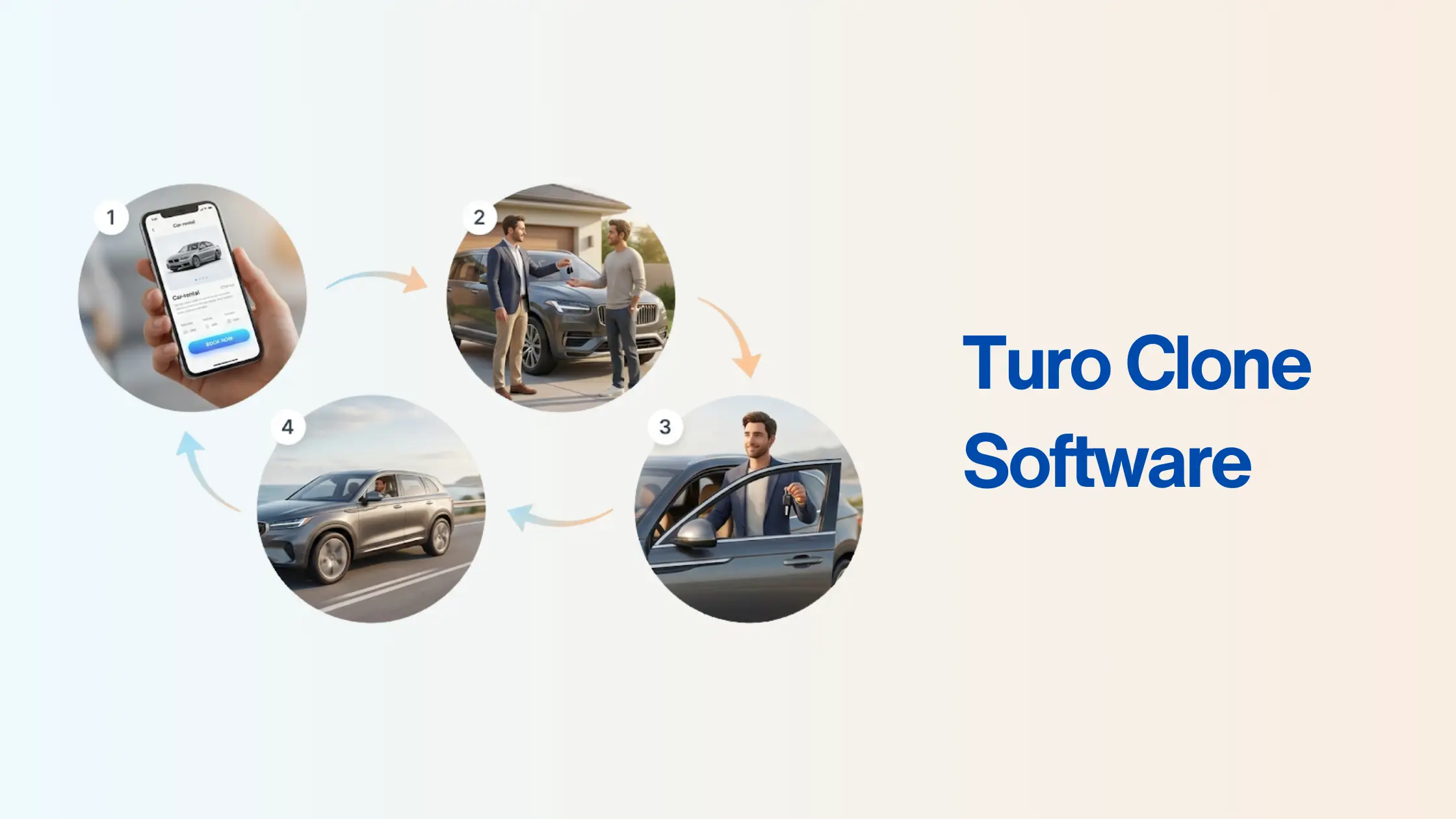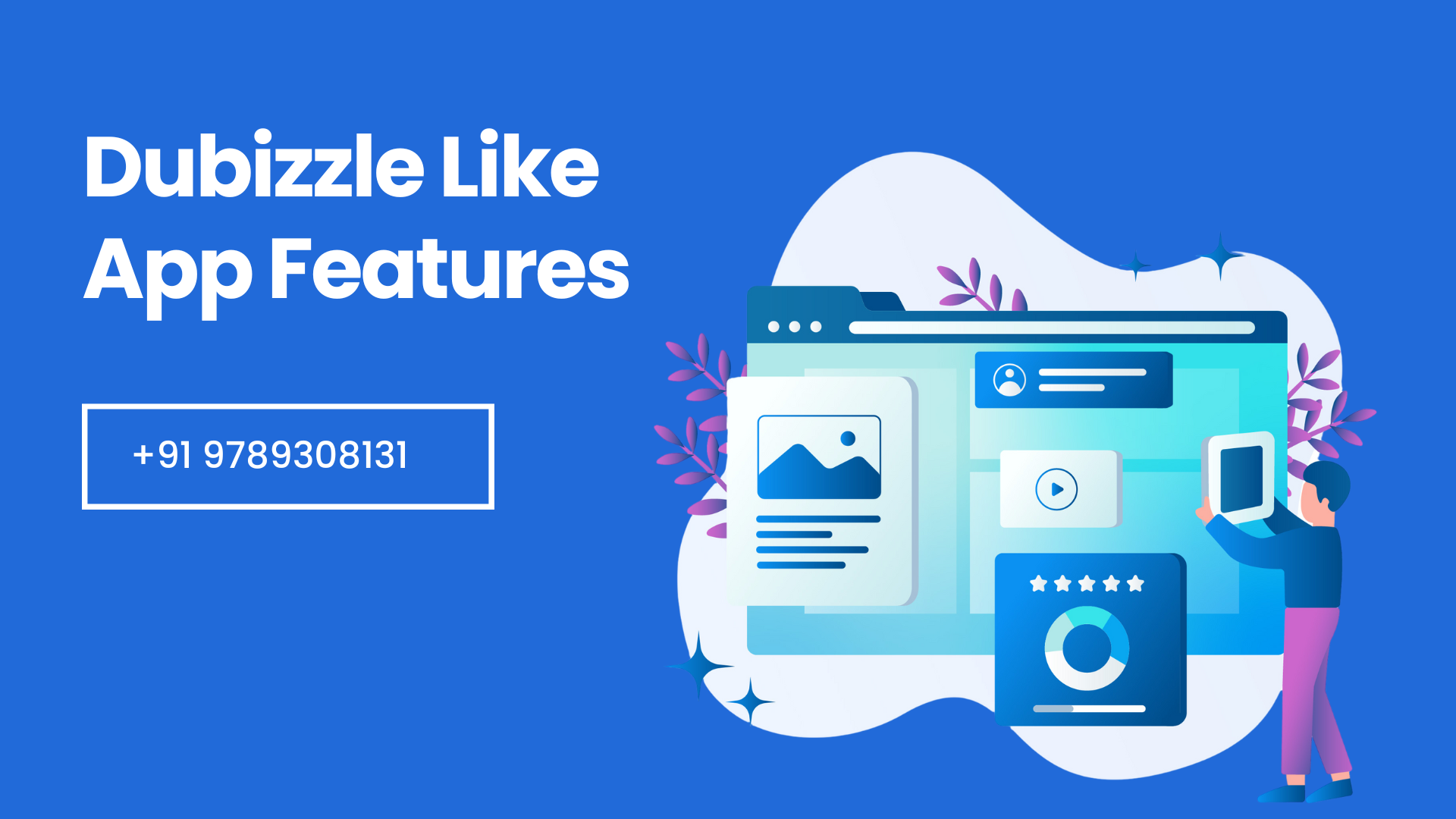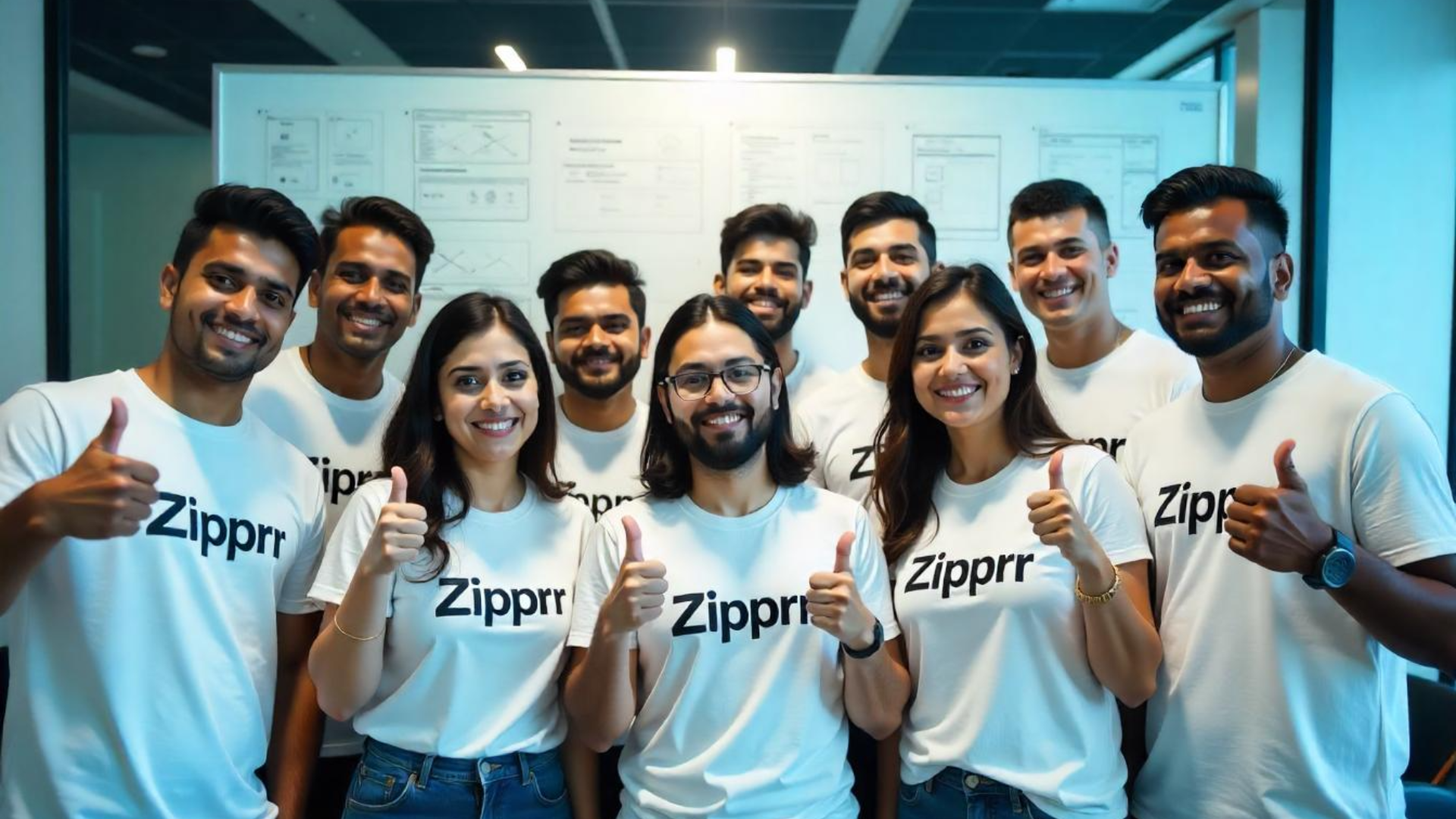The rise of rideshare applications like Uber, Lyft, Bolt, Hailo, and Grab has transformed urban transportation, making it more accessible and convenient. Since its inception in 2009, Uber has become a leader in this industry.
The ridesharing market is expected to grow significantly, with a projected CAGR of 16.1%, reaching approximately $66.1 billion by 2028.
This blog will guide you through the essential steps and considerations for creating your own rideshare app like Uber, exploring its features, business model, and development costs. Understanding these elements is crucial for anyone looking to enter this lucrative market.
What is Uber?
Uber, founded in 2009 by Garrett Camp and Travis Kalanick, has revolutionized urban transportation with its innovative ridesharing app. Headquartered in San Francisco, California, Uber has become the most downloaded rideshare app globally, boasting over 500 million downloads on the Google Play Store.
The company operates in over 900 metropolitan areas worldwide, providing services that range from standard rides to luxury options. With more than 18.7 million rides taken daily, Uber has established itself as a leader in the industry.
Its partnerships with companies like Spotify enhance user experience by allowing riders to customize their journeys. Valued at approximately $60 billion, Uber continues to expand its reach and redefine the landscape of on-demand transportation services.
From Pickup to Drop: Understanding the Uber Workflow
Understanding the Uber workflow is essential to grasp how this ridesharing giant operates. The process can be divided into two main experiences: the customer journey and the driver experience.
Customer Journey
Booking a Ride:
- Users open the Uber app and enter their pickup and drop-off locations.
- They can choose from various ride options based on size, price, and estimated arrival time.
Driver Acceptance:
- Once a ride is requested, nearby drivers receive notifications.
- A driver accepts the ride, and the passenger is notified with details about the driver and vehicle.
Arrival Notifications:
- Passengers can track their driver’s location in real-time.
- They receive an estimated time of arrival (ETA) for their ride.
Payment Processing
- After reaching the destination, payment is processed automatically through the app.
- Users can rate their experience, contributing to driver accountability.
Driver Experience
Receiving Ride Requests:
- Drivers are notified of ride requests via the app.
- They can accept or decline based on their availability.
Navigating to Pickup Locations:
- The app provides navigation instructions to help drivers reach passengers efficiently.
Understanding the Uber Business Model
Uber’s business model is built around convenience, flexibility, and a robust partnership network.
Passengers
Value Proposition for Passengers
- Convenience of On-Demand Services: Passengers can book rides at any time, eliminating the need to wait for a taxi on the street.
- Real-Time Tracking: Users can track their driver’s location in real-time, enhancing safety and reducing anxiety about arrival times.
- Upfront Pricing: Passengers receive estimated fares before booking, allowing for informed decisions.
Customer Segments for Passengers
- Urban Commuters: Individuals seeking quick transportation within cities.
- Travellers: Tourists needing reliable transport to and from airports or attractions.
- Event Attendees: People attending events who prefer hassle-free travel options.
Channels for Passengers
- Mobile App: The primary platform for booking rides, available on iOS and Android.
- Website: Offers information about services and allows ride scheduling.
Partners for Passengers
- Local Drivers: Independent contractors who drive their own vehicles using the Uber app.
- Businesses: Partnerships with local businesses for promotions and ride discounts.
Taxi Drivers
Value Proposition for Drivers
- Flexible Working Hours: Drivers can choose when to work, allowing them to balance personal commitments.
- Income Opportunities: Access to a large customer base means potential for high earnings, especially during peak times.
Customer Segments for Drivers
- Part-Time Workers: Individuals looking for supplementary income alongside other jobs.
- Full-Time Drivers: Those who rely on driving as their primary source of income.
Channels for Drivers
- Driver App: A dedicated application that allows drivers to accept ride requests and navigate to pickup locations.
- Support Services: Access to driver support through the app for assistance with issues or questions.
Partners for Drivers
- Uber as a Platform: Provides drivers with the necessary technology and infrastructure to connect with passengers.
- Insurance Providers: Partnerships that offer drivers access to insurance products tailored for rideshare activities.
Uber Monetization Model
Uber’s monetization model is designed to generate revenue through various channels while providing value to both passengers and drivers. As of 2024, Uber continues to thrive with millions of rides and significant earnings.
Trip Commissions
Uber operates on a commission-based model, charging drivers a fee that typically ranges from 15% to 30% of the fare. This structure allows Uber to earn a substantial portion of its revenue while drivers retain the majority of their earnings. In 2023, Uber reported gross bookings exceeding $100 billion, translating into net revenue of approximately $25 billion after commissions.
Surge Pricing
Surge pricing is a dynamic pricing mechanism that increases fares during periods of high demand. When demand for rides exceeds the number of available drivers, the app automatically raises prices. This strategy not only incentivizes more drivers to get on the road but also maximizes revenue during peak times. For example, during major events or inclement weather, surge pricing can increase fares by 2x to 3x or more, significantly boosting Uber’s earnings.
Premium Rides
Uber offers a variety of ride options to cater to different customer needs:
- UberX: The standard and most affordable option.
- UberXL: For larger groups needing more space.
- Uber Black: A premium service with luxury vehicles.
- Uber Pool: A shared ride option that allows passengers to save money by sharing their ride with others.
These diverse offerings help Uber attract a wide range of customers, contributing to its robust revenue stream.
Cancellation Fee
To discourage last-minute cancellations, Uber charges passengers a cancellation fee if they cancel their ride after a certain timeframe (usually within 5 minutes). This fee typically ranges from $5 to $10, depending on the location and type of ride. In 2023, cancellation fees contributed millions to Uber’s overall revenue, reinforcing the importance of commitment in ride-hailing services.
10 Unique features of Uber
1. Real-Time GPS Tracking
Uber allows passengers to track their driver’s location in real-time. This feature provides peace of mind as users can see exactly when their ride will arrive. According to Uber, this reduces anxiety and improves overall satisfaction, as passengers can plan their time better.
2. In-App Messaging
Passengers and drivers can communicate through in-app messaging. This feature allows users to clarify pickup points or ask questions without needing to share personal phone numbers. It enhances communication and ensures smoother pickups.
3. Multiple Payment Options
Uber supports various payment methods, including credit cards, debit cards, and PayPal. This flexibility caters to different customer preferences, making it easier for users to pay for their rides without hassle. In 2023, Uber reported that over 70% of rides were paid digitally, showcasing the convenience this feature offers.
4. Rating System
After each ride, both drivers and passengers can rate each other. This two-way rating system promotes accountability and quality service. Passengers can feel secure knowing they are riding with well-rated drivers, while drivers are incentivized to provide excellent service.
5. Scheduled Rides
Uber allows users to schedule rides in advance, which is especially useful for early morning flights or important appointments. Passengers can set a pickup time up to 30 days in advance, ensuring they have reliable transportation when needed.
6. Ride-Sharing Options (Uber Pool)
Uber Pool allows passengers to share rides with others heading in the same direction, reducing costs significantly. This feature not only makes rides more affordable but also contributes to fewer cars on the road, promoting environmental sustainability.
7. Safety Features
Uber incorporates several safety features, including the ability to share trip details with friends or family members. Passengers can send their ride information in real-time, enhancing safety and providing additional security during late-night rides.
8. In-App Music Integration
With Spotify integration, passengers can listen to their favorite music during the ride. This personalization enhances the overall experience and makes rides more enjoyable for users who want a familiar atmosphere while traveling
9. Driver Incentives and Bonuses
Uber provides incentives for drivers based on performance metrics like ride completion rates and customer ratings. This not only motivates drivers but also ensures that passengers receive high-quality service consistently.
10. Loyalty Programs
For frequent riders, Uber offers loyalty programs that provide discounts and exclusive offers based on usage frequency. This encourages repeat business and rewards loyal customers with benefits that enhance their travel experience.
Step-by-Step Guide to Build An App Like Uber
Building an app like Uber involves a systematic approach that encompasses market research, feature definition, technology selection, user interface design, backend development, testing, and marketing. Below is a detailed step-by-step guide to help you navigate this complex process.
Step 1: Market Research
Before diving into development, conduct thorough market research. This involves:
- Analysing Competitors: Identify key players like Lyft, Bolt, and Grab. Understand their strengths and weaknesses.
- Understanding Market Needs: Gather data on customer preferences through surveys and focus groups. Look into trends such as eco-friendly transportation options or increased demand for delivery services.
- Identifying Target Audience: Determine who your primary users will be—commuters, tourists, or business travellers.
Step 2: Define Features
Once you have a grasp of the market landscape, define the essential features for both passenger and driver apps:
- Passenger App Features:
- Real-time GPS tracking
- Multiple payment options
- In-app messaging
- Ride scheduling
- Driver App Features:
- Navigation assistance
- Earnings tracker
- Rating system for passengers
Step 3: Choose a Tech Stack
Selecting the right technology stack is crucial for your app’s performance. Consider:
- Frontend Technologies: Use frameworks like React Native or Flutter for cross-platform compatibility.
- Backend Technologies: Choose robust backend solutions such as Node.js or Django to handle server-side operations.
- Database Management: Opt for databases like MongoDB or PostgreSQL to store user data securely.
Step 4: Design UI/UX
Creating a user-friendly interface is vital for user engagement. Focus on:
- User Interface (UI): Ensure the design is clean and intuitive. Use familiar icons and navigation patterns.
- User Experience (UX): Conduct usability testing with real users to gather feedback and refine the design. Prioritize accessibility to cater to all users.
Step 5: Develop Backend Infrastructure
Building a robust backend infrastructure is essential for scalability and performance. Key components include:
- Server Setup: Use cloud services like AWS or Google Cloud for hosting.
- API Development: Create APIs to facilitate communication between the frontend and backend.
- Data Security: Implement encryption and secure authentication methods to protect user data.
Step 6: Testing Phase
Thorough testing is critical to ensure a smooth user experience. This includes:
- Functional Testing: Verify that all features work as intended.
- Usability Testing: Assess how easy it is for users to navigate the app.
- Performance Testing: Check how the app performs under heavy load. Aim for quick response times and minimal downtime.
Step 7: Launch and Marketing Strategy
After successful testing, prepare for launch:
- Launch Strategy: Decide on a soft launch in select markets before a full-scale rollout. This allows you to gather initial feedback.
- Marketing Initiatives: Develop a marketing plan that includes social media campaigns, partnerships with local businesses, and promotional offers to attract users.
Tools to Build Ridesharing App
Tech Stacks for Web App
Frontend: React.js or Angular.js
- React.js: This open-source JavaScript library is maintained by Meta and is designed for building user interfaces, especially single-page applications. React’s component-based architecture allows developers to create reusable UI components, making it efficient for building complex user interfaces. Its virtual DOM feature optimizes rendering, ensuring a smooth user experience. React is particularly beneficial for ridesharing apps as it can handle real-time updates, such as tracking a driver’s location or ride status changes.
- Angular.js: Developed by Google, Angular is a powerful framework for building dynamic web applications. It uses TypeScript, which offers static typing and advanced tooling. Angular’s two-way data binding ensures that changes in the UI are reflected in the application state and vice versa. This feature is useful in ridesharing apps for real-time data synchronisation between passengers and drivers.
Backend: Node.js or Django
- Node.js: A JavaScript runtime built on Chrome’s V8 engine, Node.js allows developers to use JavaScript on the server side. It is particularly well-suited for building scalable network applications due to its non-blocking I/O model. For a ridesharing app, Node.js can handle multiple requests simultaneously, making it ideal for processing ride requests in real-time.
- Django: A high-level Python web framework that encourages rapid development and clean design. Django comes with built-in features like authentication and database management, which can accelerate the development process. Its ORM (Object Relational Mapping) allows easy database interactions, making it suitable for managing user data, ride history, and transactions in a ridesharing app.
Mobile App Frameworks
Native Development
- Swift for iOS: Swift is Apple’s programming language for iOS development. It provides powerful features and performance optimizations that are essential for creating high-quality iOS applications. Using Swift ensures that the ridesharing app leverages all native functionalities of iOS devices.
- Kotlin for Android: Kotlin is the preferred language for Android development, offering modern programming features and full interoperability with Java. It simplifies coding tasks and enhances productivity, making it an excellent choice for developing Android versions of ridesharing apps.
Cross-Platform: Flutter or React Native
- Flutter: Developed by Google, Flutter allows developers to create natively compiled applications for mobile from a single codebase. Its widget-based architecture enables highly customizable UI components, which can enhance user engagement in ridesharing apps.
- React Native: This framework brings the best of React to mobile development. It allows developers to write mobile applications using JavaScript while rendering them with native components. This approach provides a seamless user experience across both iOS and Android platforms.
Cost of Developing an Uber-like App
Developing an Uber-like app involves significant financial investment, with total development costs typically ranging from $50,000 to $150,000. This estimate can vary widely based on the features included and the complexity of the app. Below is a detailed breakdown of the costs associated with building such an application.
1. Passenger App Development Costs
- Estimated Cost: $20,000 to $70,000
- Details:
- The passenger app must include essential features such as real-time GPS tracking, multiple payment options, and user-friendly interfaces.
- Costs can increase based on additional functionalities like ride scheduling, in-app messaging, and loyalty programs.
- The complexity of UI/UX design also affects the overall cost. A more polished and intuitive design will require more investment in development time and resources.
2. Driver App Development Costs
- Estimated Cost: $15,000 to $50,000
- Details:
- The driver app needs features such as navigation assistance, earnings tracking, and a rating system for passengers.
- Similar to the passenger app, costs will vary based on the inclusion of advanced features like in-app communication with passengers or performance analytics tools.
- The backend infrastructure supporting the driver app also contributes to these costs, ensuring that it can handle real-time data processing efficiently.
3. Admin Panel Development Costs
- Estimated Cost: $10,000 to $30,000
- Details:
- The admin panel is crucial for managing users, monitoring rides, and analysing data. This component allows for oversight of both drivers and passengers.
- Features may include reporting tools, user management systems, and analytics dashboards to track performance metrics.
- The complexity of the admin panel directly impacts costs; more sophisticated systems with advanced analytics will require additional investment.
Zipprr Expertise in Taxi Booking App Development
Building your taxi app using Zipprr’s Uber clone solution is an efficient way to enter the ridesharing market. With over 10 years of experience in taxi booking app development, Zipprr has established itself as a reliable provider of ready-made solutions tailored for startups and entrepreneurs.
Introduction to Zipprr
Zipprr specializes in creating customizable taxi app solutions that allow businesses to launch quickly and effectively. Their platform is designed to meet the diverse needs of the rideshare industry, providing a comprehensive set of features that enhance both driver and passenger experiences.
Benefits of Using Zipprr's Solutions
- Faster Deployment Times: Zipprr’s pre-built solutions significantly reduce the time required to develop and launch your app. This allows you to enter the market sooner and start generating revenue.
- Cost-Effective Solutions: By leveraging Zipprr’s expertise and technology, startups can save on development costs while still accessing high-quality features and functionalities.
Zipprr offers ready-made products that ensure faster deployment and cost-effectiveness for your rideshare business. Check out today!
FAQs About Taxi App Development
1. What are some popular alternatives to Uber for ridesharing services?
Notable apps include Bolt, Lyft, Curb, Hailo, and Via, each offering unique features and services in the ridesharing market.
2. Is opting for a white label solution the most efficient way to create an Uber-like app?
Yes, utilizing a white label solution can significantly reduce both development time and costs, allowing for quicker market entry.
3. What is the typical timeframe required to develop a taxi booking app from scratch?
Developing a taxi app usually takes between 10 to 14 weeks when done through manual development processes without pre-built solutions.
4. Can a rideshare app effectively manage high traffic volumes?
By leveraging platforms like Zipprr’s ready-made app, you can efficiently handle high traffic volumes globally, ensuring reliability during peak usage times.
5. What effective marketing strategies should I consider before launching my taxi booking app?
Pre-launch marketing methods may include social media campaigns, partnerships with local businesses, and targeted advertising to generate buzz and attract initial users.







